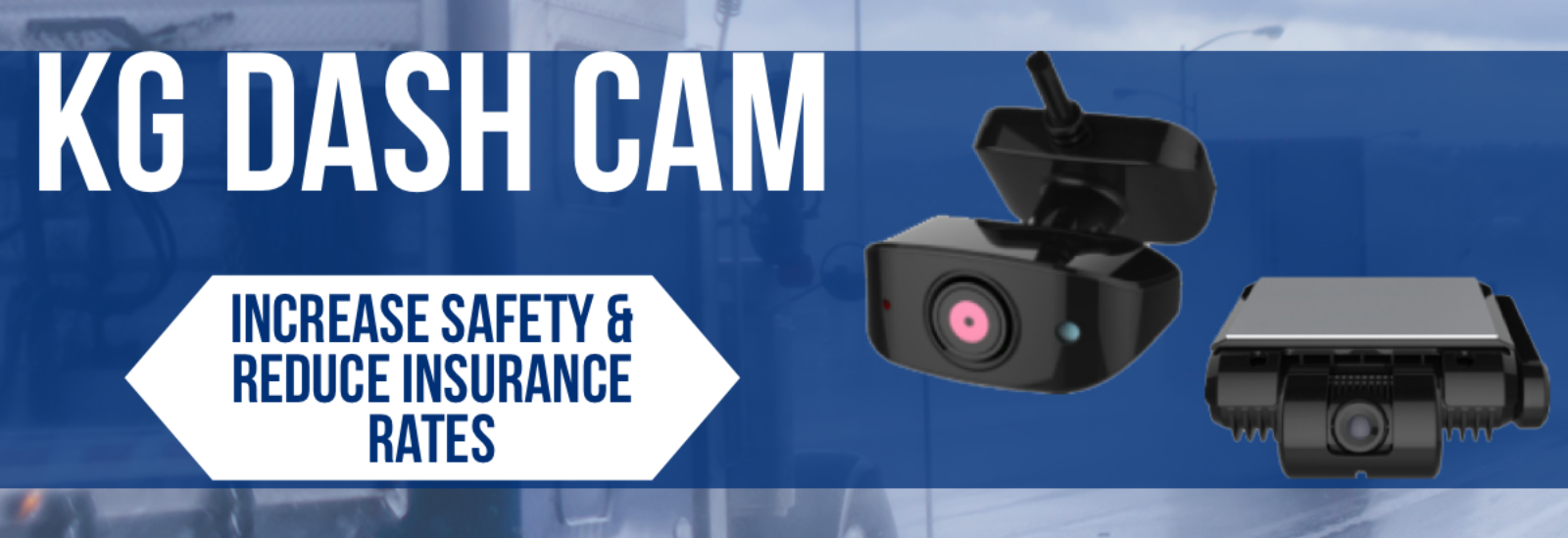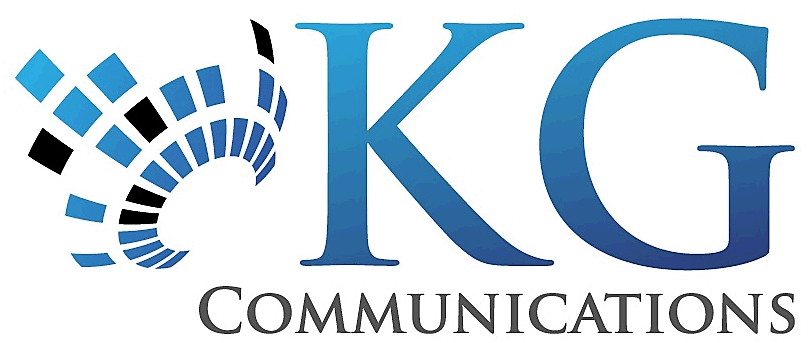What does it mean for a public entity to truly have “Interoperability”? Here is the definition of Interoperability:
“Interoperability is the ability to communicate, as needed, on demand, and as authorized at all levels of government and across all Public Safety disciplines“.
– DHS Safecom & First Responder Network Authority
The simplest form of Interoperability exists when all users of radio operate on the same frequencies and use the same over-the-air protocol with mobile radio units programmed to be able to talk with each other by making a selection on their radio. This is rarely the case in the modern world for a myriad of reasons. The reality today is that, in order to achieve Interoperability that conforms to the given definition, a bridge or gateway is required to link two disparate technologies together at a more fundamental level; usually at voice frequency.
With the realization that most public entities’ communication systems involve a dispatch center with radio control capabilities, some approaches to radio Interoperability focus on the dispatch console as a point of bridging different systems together. Although this technological approach can serve the purpose of bringing users of two or more otherwise incompatible systems together in a radio conversation, it falls short of truly fulfilling the stated definition of Interoperability; it is not “as needed”, nor is it “on demand”. Using the dispatch console as a bridging device also creates the need for human intervention to set up that bridge, which then carries with it policies and procedures – in other words, wasted time.
A different approach is to create a gateway that links those disparate systems permanently on a talk group basis. This scenario employs either a pair of donor radios (one as a member of each radio system’s designated Interop group), or a direct electronic link, often an IP link, into the network control system of each network. Many LMR radio systems still do not have IP connection availability, so a hybrid configuration is used with a donor radio on the LMR side of the gateway and an IP link into the more advanced system on the other. In fact, to link two systems together that do not have overlapping radio coverage, IP links are often used to serve the purpose of spanning the distance between them. To achieve interoperability over multiple talk groups simultaneously, multiple gateways, or equipment with multiple gateway ports are used connecting to multiple donor radios and to multiple virtual addresses on the IP link.
DAC, Darin Alvord Consulting, has designed several Interoperability solutions for both commercial and public radio systems. That experience and expertise is available to public entities seeking a technological solution that will meet operational procedures as well as joining disparate technologies in meeting the Interoperability definition.
559-681-0222


